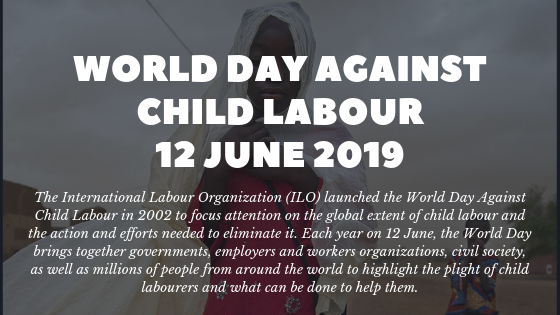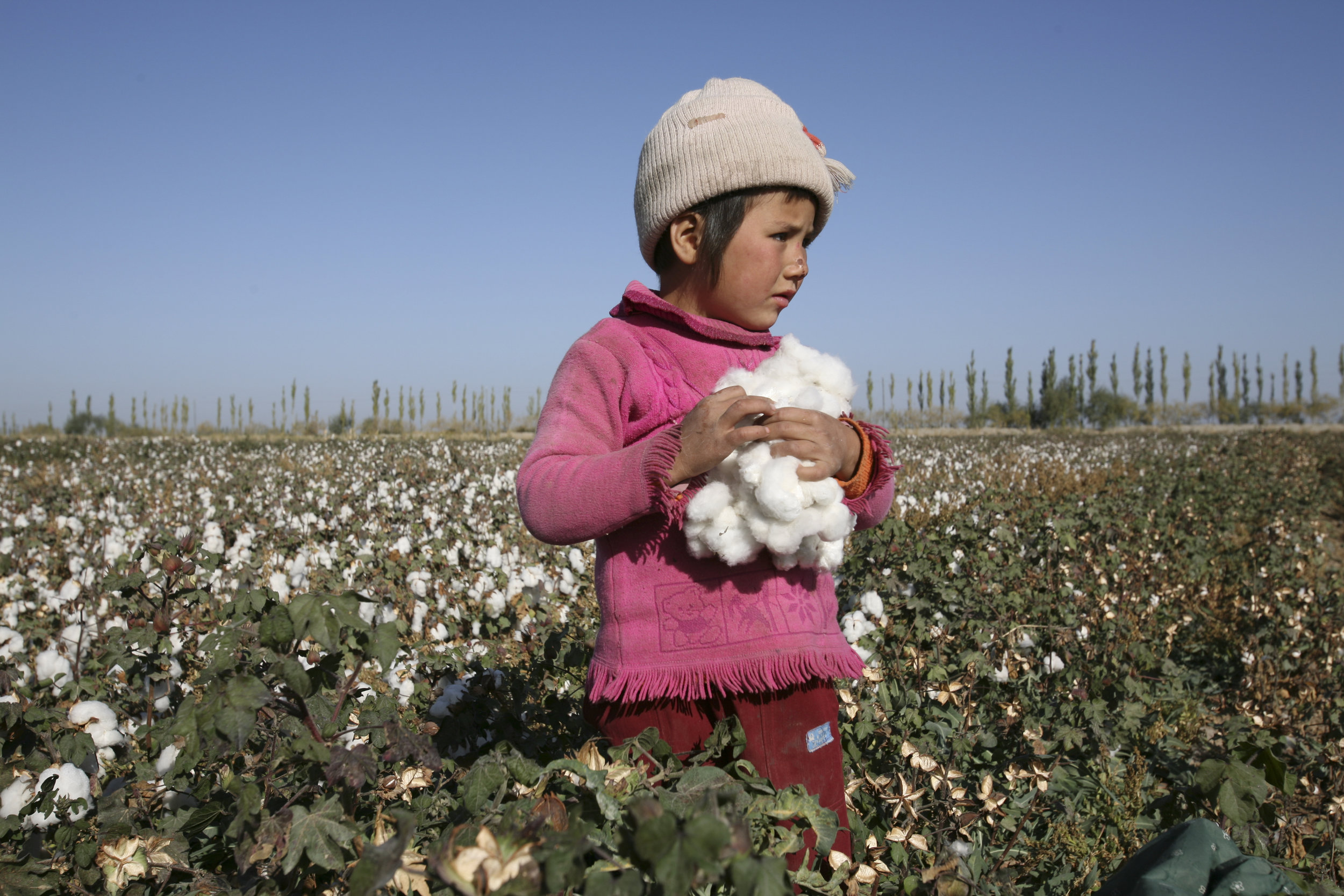Is There Child Labor in the Fashion Industry?
It can be difficult to believe truths that we aren’t familiar with - to accept a reality that seems so far out of touch from our own. When my hands were half of the size they are now, I used them to play basketball with my friends. My small hands guided me in my homework assignments, they supported me while I did handstands and cartwheels and swung on the monkey bars. My small hands did what small hands were supposed to do and for that, I am grateful. Around 170 million pairs of little hands around the world don’t have the same function as mine once did. Almost 11% of the world’s children are involved in child labor. The United Nations defines child labor as, “work for which the child is either too young - work done below the required minimum age - or work which, because of its detrimental nature or conditions, is altogether considered unacceptable for children and is prohibited.” Child labor is prominent in the fashion industry due to its complex supply chain and high demand for products from consumers like you and I.
Photo Credit: https://labs.theguardian.com/unicef-child-labour/
While child labor occurs all over the world, countries such as Egypt, Uzbekistan, Pakistan, India, Thailand, Bangladesh and China are some of the countries where child labor is common. Children are considered optimal employees because they are compliant, and the tasks that they perform in the fashion industry often require a low amount of skill. These tasks consist of picking cotton, spinning yarn, cutting thread and sewing which are much easier to complete with smaller hands. Children can be roped into these types of job through false promises of high wages and a hopeful future. A report through the Centre for Research on Multinational Corporations (SOMO) and The India Committee of the Netherlands recently revealed that many families are approached by recruiters who make promises that nobody in the family’s situation would be able to turn down. They assure them that their children will receive high wages, eat three times a day and even promise the possibility of schooling and training. Families and children are also promised a lump sum after a certain amount of years making the opportunity almost impossible to turn down given tough social and economic circumstances.
Child labor is a hard thing to tackle because the supply chain in the fashion industry is highly complex; it can be easy for big brands to have no idea that child labor is involved in the production of their product. Companies can have ethical guidelines that they have established but the high demand, from consumers, results in companies putting a large amount of pressure on their manufacturers to quickly produce mass amounts of product. Once factories realize that they can’t produce what is being asked of them, they subcontract their work to other factories where child labor is practiced; making production in mass amounts at a low-cost.
Now, how can change be made? Businesses can start by going that extra mile to ensure child labor isn’t a part of their production process. This would involve visiting factories and evaluating the worker to production ratio. Through this they can decipher if companies are sending their production elsewhere or not. Businesses can also inspect factories to ensure that the work environment is safe, healthy and workers are being paid a living wage.
Photo Credit: https://labs.theguardian.com/unicef-child-labour/
As a consumer, there are many different things that we can do to fight against child labor. We can educate ourselves on the issue so we can educate our friends, families and even retail stores. We can contact manufacturers that are known to use child labor in their supply chain (we may think our voice is little but it is much louder than we know). We can reach out to government officials and ask them to use their power to enforce and implement stricter child labor laws. We can shop fair trade brands and invest our money into companies that base their brand off of equality, justice and fairness. Personally, shopping fair trade not only satisfies my consumer needs but it also gives me the opportunity to say “no” to companies that put profit over people. Honestly, all of my favorite pieces of clothing or jewelry have come from fair trade brands!
Child labor won’t be solved overnight, it is an uphill battle that will require us to be relentless and deeply rooted in our determination to make a difference. Change is absolutely possible though; from 2000 to 2012 child labor decreased by 30%. Through persistence, awareness and a will to fight this fight, we can make a change in the lives of these children — allowing them a childhood where their small hands can grow and develop through high fives and reading books and swinging on the monkey bars.
About the Author
Olivia Kyles is a Junior at Northern Arizona University pursuing a degree in Marketing with a minor in Spanish. She finds her peace in helping others and is so excited to be working with Dressember helping to fight against modern day slavery. She loves to run, has a passion for animals and is obsessed with literature and movies based off of the roaring 20s!





